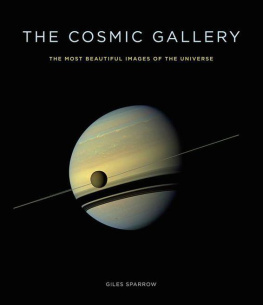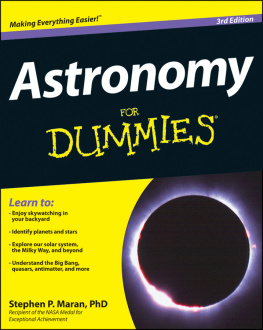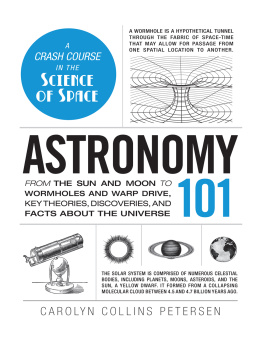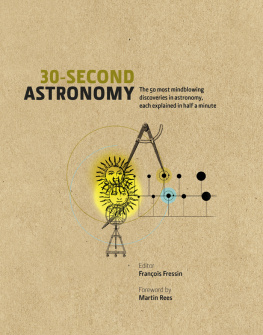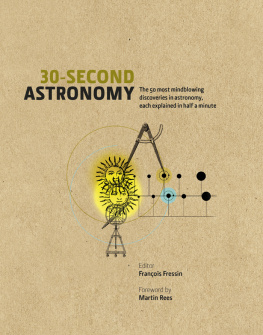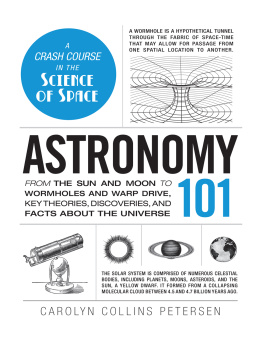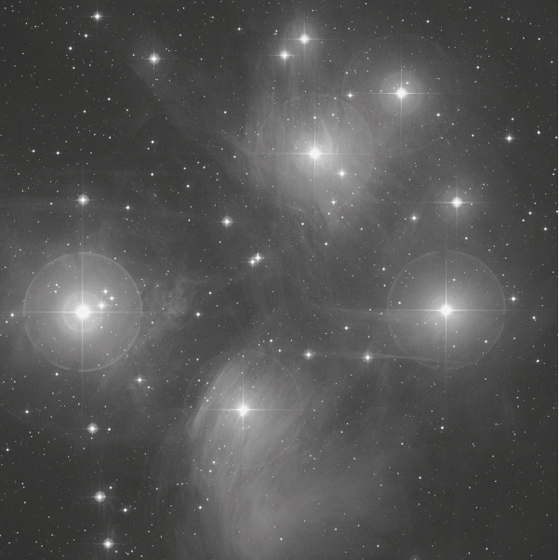Giles Sparrow - Astronomy in Minutes
Here you can read online Giles Sparrow - Astronomy in Minutes full text of the book (entire story) in english for free. Download pdf and epub, get meaning, cover and reviews about this ebook. year: 2015, publisher: Quercus, genre: Children. Description of the work, (preface) as well as reviews are available. Best literature library LitArk.com created for fans of good reading and offers a wide selection of genres:
Romance novel
Science fiction
Adventure
Detective
Science
History
Home and family
Prose
Art
Politics
Computer
Non-fiction
Religion
Business
Children
Humor
Choose a favorite category and find really read worthwhile books. Enjoy immersion in the world of imagination, feel the emotions of the characters or learn something new for yourself, make an fascinating discovery.

- Book:Astronomy in Minutes
- Author:
- Publisher:Quercus
- Genre:
- Year:2015
- Rating:4 / 5
- Favourites:Add to favourites
- Your mark:
Astronomy in Minutes: summary, description and annotation
We offer to read an annotation, description, summary or preface (depends on what the author of the book "Astronomy in Minutes" wrote himself). If you haven't found the necessary information about the book — write in the comments, we will try to find it.
What happens when a star dies? How many asteroids are in our solar system? Can galaxies collide? What is dark energy? Astronomy in Minutes answers all these questions and more as it condenses 200 key concepts into easily digestible essays.
From Trojan asteroids to stellar black holes, and from superclusters to cosmic microwave background, this book will take you on an essential tour around the universe. Beginning with the specks and constellations that we see in the night sky, and then zooming in on the objects and matter beyond the naked eye, Astronomy in Minutes draws on established theories and recent research.
Each essay is accompanied by an image or a clear diagram to help unravel complex ideas. Beginning with the constellations and finishing with the latest cosmological theories, this is the perfect reference guide to this fascinating subject.
Contents include: The celestial sphere, Piscis Austrinus, the Earth-Moon system, Io and Ganymede, Kuiper Belt Objects, Measuring stellar properties, Nuclear fusion, Red and orange dwarfs, Open star clusters, Planetary nebulae, Supernova remnants, Cosmic expansion, Quasars and blazars, Nature of spacetime, Nucleosynthesis and the Anthropic Principle.
Giles Sparrow: author's other books
Who wrote Astronomy in Minutes? Find out the surname, the name of the author of the book and a list of all author's works by series.

